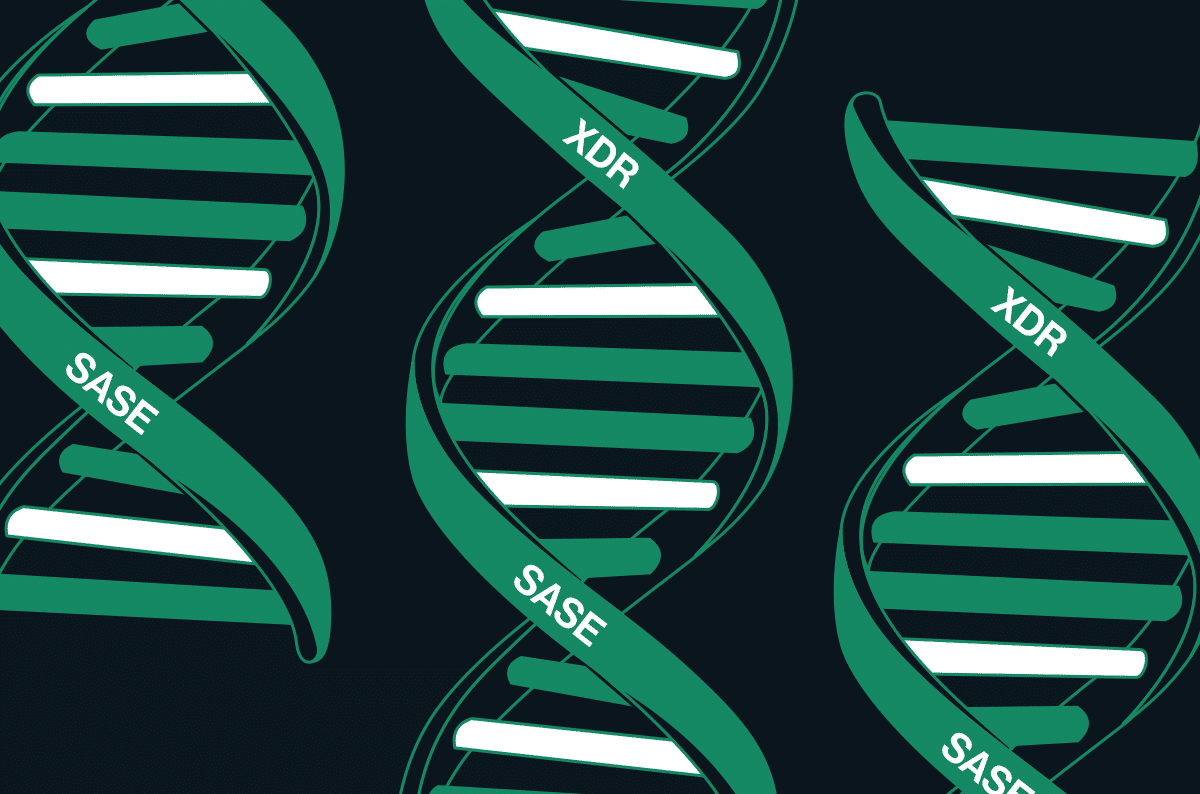|
Listen to post:
Getting your Trinity Audio player ready...
|
Cato XDR breaks the mold: Now, one platform tackles both security threats and network issues for true SASE convergence.
SASE, or Secure Access Service Edge, represents the core evolution of today’s enterprise networks converging network and security functions into a single, unified, cloud-native architecture. Today’s global work-from-anywhere model amplifies this need for IT to have centralized management of both network connectivity and comprehensive security. While simply said, comprehensive security entails the complexity of an amalgam of many different security tools. Complementing the SASE revolution is XDR (Extended Detection and Response), a powerful tool that analyzes data from various security solutions to provide a unified view of potential threats across the enterprise. SASE and XDR are powerful tools on their own, but even greater security benefits can be achieved by enabling them to work together more seamlessly. How do we make this happen?
Unlocking Security Potential: SASE + XDR
Tighter alignment between SASE and XDR unlocks the full potential of both, for a more robust security posture. While XDR tools excel in analyzing data from various security solutions, they could do much more with the right quality of data. This is where Cato recently announced our SASE-based XDR, which includes the industry’s broadest range of native security sensors. Traditionally, the XDR tool needs to “normalize” the diverse set of security data it ingests before it can be analyzed, and threat levels can be established. This “normalization” dilutes the quality of the data and adds a layer of complexity. When data is diluted or of low quality, it becomes more challenging to distinguish legitimate threats from false positives. By eliminating the necessity normalize data from disparate security solutions, and instead utilizing a broad range of pure, native data before determining threat levels, Cato’s XDR delivers a higher level of security with faster response times, all within the single management application of the Cato SASE Cloud Platform.
What SASE Needs From XDR
Cato XDR represents a significant advancement in security incidents detection and response, emphasizing quality and efficiency. However, SASE is a combination of network and security. The intent of SASE is to empower the cohesiveness of network and security in order for enterprises to truly move at the speed of business. This means that a logical expectation for the XDR capabilities of a SASE platform is to also help IT detect issues on the network unrelated to security. Integrating robust network health monitoring capabilities into the central SASE architecture is vital. And guess what? This is precisely the direction we’re headed!
The Industry’s First SASE-based XDR Has Arrived | Download WhitepaperCato XDR: Security Stories Plus Network Stories
Introducing Network Stories for XDR, by Cato Networks. Network stories for XDR focuses on detection and remediation of connectivity and performance issues. It uses the exact same XDR practices previously developed to detect cyber threats and attacks. Together, it offers a singular SASE-based XDR solution for SOC and NOC teams to collaborate on.
With Cato XDR, network stories and security stories seamlessly integrate within the same overarching SASE platform. For IT teams, this consolidation means managing the entire network and security infrastructure from a single, unified platform. From configuration and policy management, to ongoing monitoring, and now – also to detection and remediation, network and security teams can collaborate efficiently using a single pane of glass. This unified, converged approach helps resolve both security and network issues faster, more cohesively, and more efficiently than ever before. Amazingly, in true platform architecture agility, Cato XDR is delivered with a flick of a switch, not by buying-deploying-integrating an entirely new product that adds complexity to the network and security stack.
Cato XDR unlocks the power of true SASE convergence, enabling security and network teams to collaborate seamlessly on a single platform.
The Role of AI in Network Stories for XDR
Cato XDR takes network incident detection to the next level with AI-powered Network Stories. These AI algorithms, in true SASE fashion, go beyond security, collecting network signals to pinpoint root causes to issues like blackouts, brownouts, BGP session disconnects, LAN host downs, and general HA (high-availability) impacts. Similar to security stories, AI/ML is utilized for incident prioritization based on calculated criticality, empowering IT teams to focus on incidents that have the biggest impact on business performance. This technology is true “battle-tested” and proven effective through servicing Cato’s own NOC. Remediation time is further reduced with playbooks that contain guided steps for fast resolution.
Pushing SASE Limits for NOC/SOC Convergence
Cato provides the world’s leading single-vendor SASE platform as a secure foundation specifically built for the digital business. The Cato SASE Cloud Platform converges networking with a wide range of security capabilities into a global cloud-native service with a future-proof platform that is self-maintaining, self-evolving and self-healing.
Cato XDR takes SASE convergence a step further with Network Stories. It leverages Cato’s proven AI and machine learning expertise, traditionally used for security analysis, and applies it to network health. Network Stories for XDR identify and remediate network issues such as blackouts and high-availability, empowering IT teams to focus on incidents that most significantly impact business performance. This unified approach streamlines collaboration between security and network teams, enhancing efficiency and enabling faster resolution of issues. With Cato XDR, enterprises can realize the full potential of SASE convergence, achieving robust security and network performance on a single, future-proof platform.










